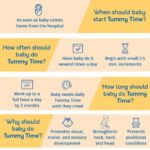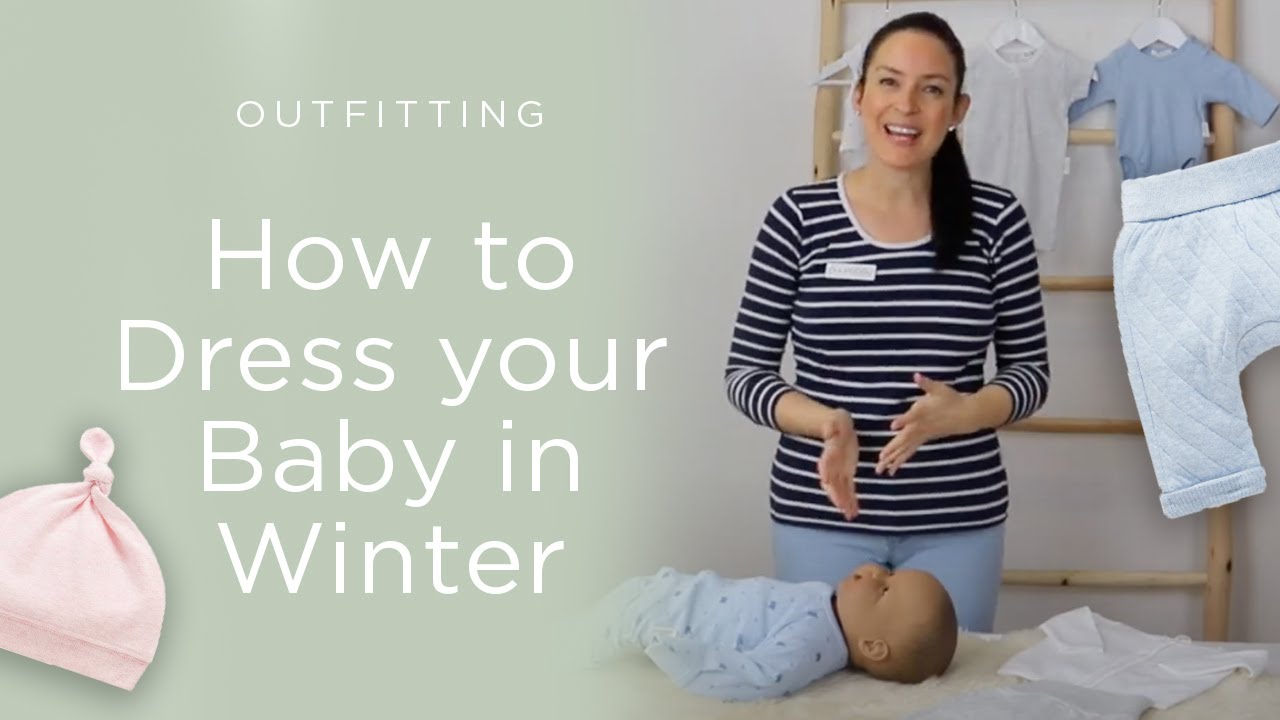A baby typically wears newborn clothes for about 2 to 3 months. This depends on the baby’s growth rate and size.
Choosing clothes for a newborn can be overwhelming. Parents want to ensure their little one is comfortable and stylish. Newborn clothes usually fit babies weighing up to 8-10 pounds. Most babies outgrow this size quickly. Factors like weight and height influence how long they can wear these outfits.
Babies grow rapidly during the first few months. Parents often need to adjust clothing sizes frequently. It’s best to have a few different sizes available. This way, you can dress your baby comfortably as they grow. Understanding these factors can help you prepare for your baby’s clothing needs. It makes this special time easier and more enjoyable.
Table of Contents

Credit: www.whattoexpect.com
Introduction To Newborn Clothing Sizes
Choosing the right newborn clothing size is very important for your baby’s comfort. Clothes that fit well allow for easy movement and help keep babies warm. Poorly fitting clothes can cause irritation or restrict movement.
The general newborn size range is usually from 0 to 3 months. Babies grow quickly, so it’s wise to check their size often. Here’s a simple size guide:
| Size | Age |
|---|---|
| Newborn | Up to 1 month |
| 0-3 Months | 1 to 3 months |
| 3-6 Months | 3 to 6 months |
Factors Influencing Newborn Clothing Duration
Baby’s growth rate plays a major role in how long they wear newborn clothes. Newborns grow quickly during their first few months. Most babies outgrow newborn sizes within 2 to 3 months. It’s important to monitor their weight and height often.
Brand sizing variations can also affect the fit of clothing. Different brands have different size charts. One brand’s newborn size might fit differently than another’s. Always check the size guide before buying clothes.
Some parents buy clothes a size up to accommodate growth. This can help save money in the long run. Remember, comfort is key for your baby.
Average Lifespan Of Newborn Clothes
The average lifespan of newborn clothes is quite short. Babies grow quickly during their first few months. Most newborn clothes fit for about 0 to 3 months. After this, they may become too small.
Here is a typical age range for newborn clothing:
| Clothing Size | Age Range |
|---|---|
| Newborn | 0 to 1 month |
| 0-3 Months | 1 to 3 months |
| 3-6 Months | 3 to 6 months |
Some exceptions exist. Babies born prematurely may wear newborn clothes longer. Also, larger babies might outgrow them faster. Always check the fit for comfort and movement.
Understanding Baby Growth Spurts
Babies grow quickly, especially during growth spurts. These spurts can happen at different ages. Parents should watch for certain signs. Increased fussiness, frequent feeding, and sudden desire for cuddling are common. These signs indicate a baby’s growth is happening.
As babies grow, their clothing sizes also change. Newborn clothes fit well at first but may become tight soon. It is important to check the fit often. Buying larger sizes ahead of time can help. This way, the baby stays comfortable during their rapid growth.
Maximizing Use Of Newborn Attire
Choosing the right flexible clothing options helps babies feel comfortable. Look for clothes made from soft materials like cotton. These fabrics are gentle on the skin and allow for easy movement.
Layering techniques can keep babies warm. Start with a light onesie as a base layer. Add a sweater or cardigan on top for extra warmth. Always check if the baby feels too hot or cold.
Using mittens and booties can also provide warmth. They are easy to put on and take off. Make sure the baby has enough freedom to move their arms and legs.
Strategies For Economical Clothing Choices
Investing in multi-size apparel is a smart choice. These clothes grow with your baby. Look for items that adjust as your baby gets bigger.
Embracing hand-me-downs can save money and resources. Friends and family often have clothes they no longer need. These clothes are often still in great condition.
Hand-me-downs can also carry sentimental value. They can remind you of special moments and loved ones. Mixing new and old clothes creates a unique style.
Choose quality over quantity. Well-made clothes last longer and can be passed down. This strategy helps keep costs low in the long run.
Essential Newborn Clothing Pieces
Newborns need specific clothing for comfort and warmth. Essential items include onesies, sleepers, and caps. These pieces fit well and allow easy diaper changes.
Consider socks and mittens to keep tiny hands and feet warm. Swaddles provide a cozy feeling, helping babies sleep better. Bibs are also important for feeding time.
| Must-Have Item | Purpose |
|---|---|
| Onesies | Easy dressing and diaper changes |
| Sleepers | Keep baby warm during sleep |
| Caps | Protect head from cold |
| Socks | Warmth for tiny feet |
| Mittens | Prevent scratching |
| Swaddles | Provide comfort and security |
| Bibs | Protect clothes during feeding |
Navigating Seasonal Clothing Changes
Choosing the right clothing for your baby is important. Weather-appropriate wear ensures comfort and safety. In warm months, select lightweight fabrics like cotton. These materials help keep babies cool.
During colder seasons, opt for layered clothing. This allows easy adjustment to temperature changes. A soft onesie under a warm sweater is a great choice. Remember to use a hat and mittens when it’s chilly outside.
Transitional clothing can be tricky. Mix and match items from different seasons. This helps create outfits that fit various weather conditions. Keep an eye on the forecast for better planning.
Storage Tips For Outgrown Newborn Clothes
Storing outgrown newborn clothes requires careful attention. Clean the clothes before storage. Wash them in a gentle detergent. Avoid using fabric softeners as they can harm fabric. Dry completely to prevent mold.
Use breathable storage bags or bins. Label each container with the size and season. Keep clothes in a cool, dry place. Avoid direct sunlight to preserve colors.
Consider using vacuum-sealed bags to save space. This method protects clothes from dust and insects. Rotate stored items regularly to ensure freshness.
Organizing for future use is essential. Sort clothes by size and type. This makes finding items easier later. Donate or sell clothes that are no longer needed.
Signs It’s Time To Size Up
Check for tightness around the arms and legs. This can limit your baby’s movement.
Notice any stretch marks or indentations on the skin. These signs indicate the clothes are too small.
Observe if your baby seems uncomfortable or fussy in the outfit. A happy baby is usually well-dressed.
Look for gaps in the fabric when your baby moves. This suggests it’s time for a larger size.
Always prioritize comfort and mobility over style. Choose clothes that allow free movement.
Dealing With Size Overlaps
Mixing sizes can be confusing for many parents. Newborn clothes often fit babies differently. Some brands run large while others run small. This can create a size overlap that is hard to manage.
Transitioning between sizes is important for comfort. Monitor your baby’s growth regularly. If they seem snug in their clothes, it may be time to move up a size. Always check the fit before buying new clothes.
Keep in mind that not all babies grow at the same rate. Adjust your wardrobe based on your baby’s specific needs. Using both sizes can help during this transition phase.

Credit: www.thebump.com
The Role Of Diapers In Clothing Fit
The right diaper size plays a big role in clothing fit for babies. Diapers come in different sizes. Choosing the correct size can help clothing fit better. Cloth diapers are usually bulkier than disposable ones. This bulk can change how clothes fit on your baby.
Many parents find that cloth diapers need larger clothing sizes. Disposable diapers are more streamlined. They often allow for a more precise fit in newborn clothes. Understanding the difference helps in selecting the right outfit for your little one.
| Diaper Type | Effect on Clothing Size |
|---|---|
| Cloth Diapers | Need larger clothing sizes |
| Disposable Diapers | Allow for standard clothing sizes |
Gift-giving Advice For Newborn Apparel
Choosing the right size for baby clothes is very important. Newborn clothes typically fit babies up to 21.5 inches long and around 5 to 8 pounds. Babies grow quickly, so they may only wear these clothes for a few weeks. Sizing can vary by brand, so check the labels before buying.
Opt for larger sizes if in doubt. This allows for growth without needing constant replacements. Consider adjustable features like elastic waistbands. These features ensure a better fit as the baby grows. Always remember, comfort is key for newborns.
Conclusion: Embracing The Growth Journey
Celebrating milestones in a baby’s growth is exciting for parents. Newborn clothes fit babies until they reach about 3 months. Some babies may grow faster than others. It’s essential to check the size regularly. Finding the right fit keeps babies comfortable and happy.
Preparing for the next stage means having the right clothes ready. Look for 3-6 month clothes as your baby grows. Soft fabrics are best for delicate skin. This way, your baby can move freely and explore their surroundings.

Credit: majorleaguemommy.com
Frequently Asked Questions
How Long Can A Baby Wear Newborn Clothes?
Newborn clothes typically fit babies for 2-4 weeks, depending on their size and growth rate.
What Size Clothing Should A Newborn Wear?
Most newborns wear sizes labeled “Newborn” or “0-3 months,” which accommodates babies weighing up to 8-10 pounds.
How Do I Know If Clothes Are Too Tight?
Check for signs like red marks on the skin or difficulty moving. Clothes should fit comfortably without restriction.
Should I Buy A Lot Of Newborn Clothes?
Purchasing a few essential items is advisable, as babies grow quickly and may outgrow them in weeks.
What Should I Consider When Buying Newborn Outfits?
Focus on comfort, ease of dressing, and fabric softness to ensure the baby’s comfort and happiness.
Conclusion
Choosing the right size for newborn clothes is important. Babies grow quickly, so check their size often. Comfort is key for your little one. Keep an eye on fit and fabric. This helps them feel happy and cozy. Enjoy this special time as your baby grows and changes!







